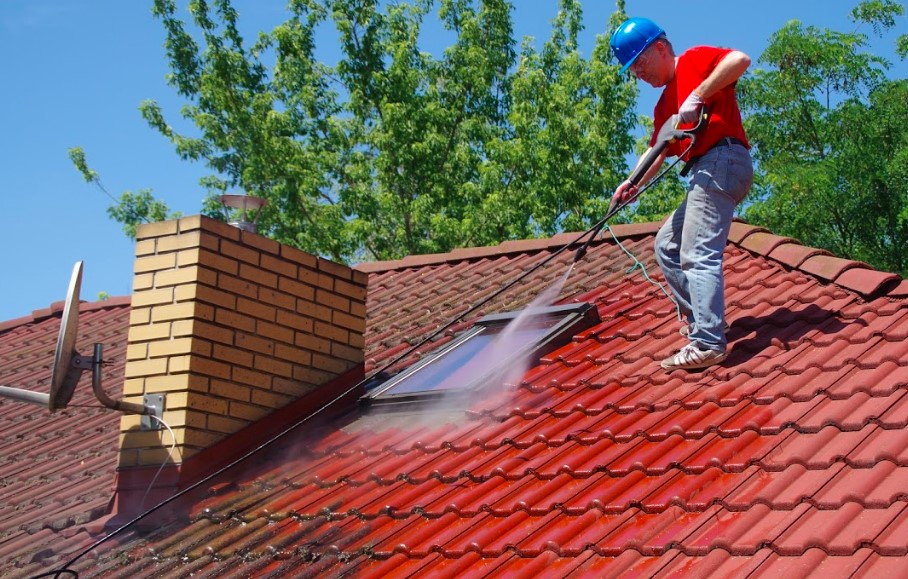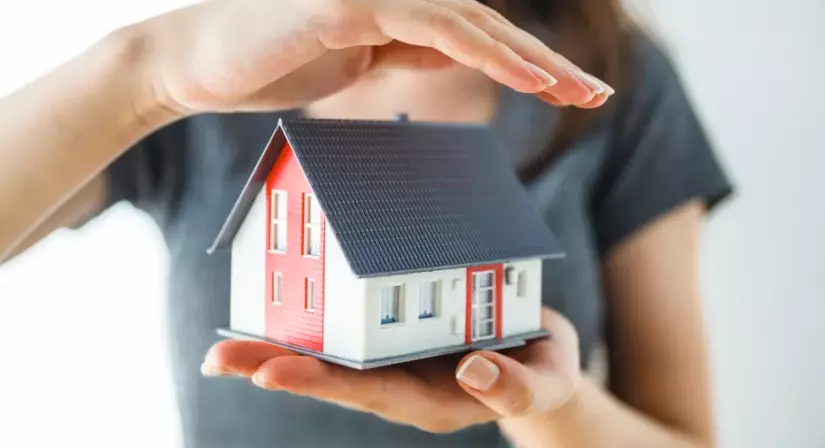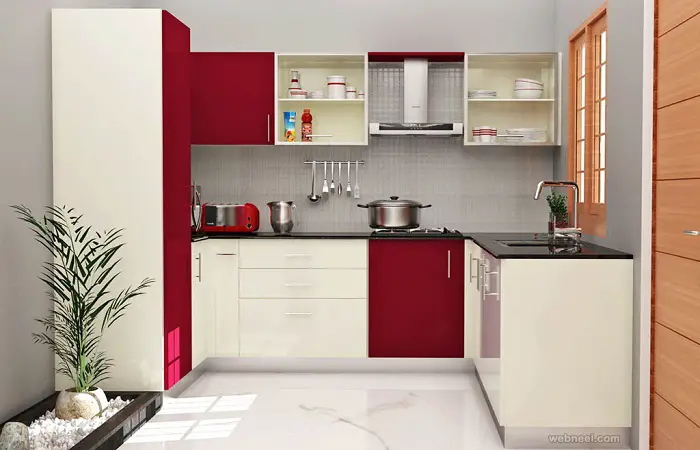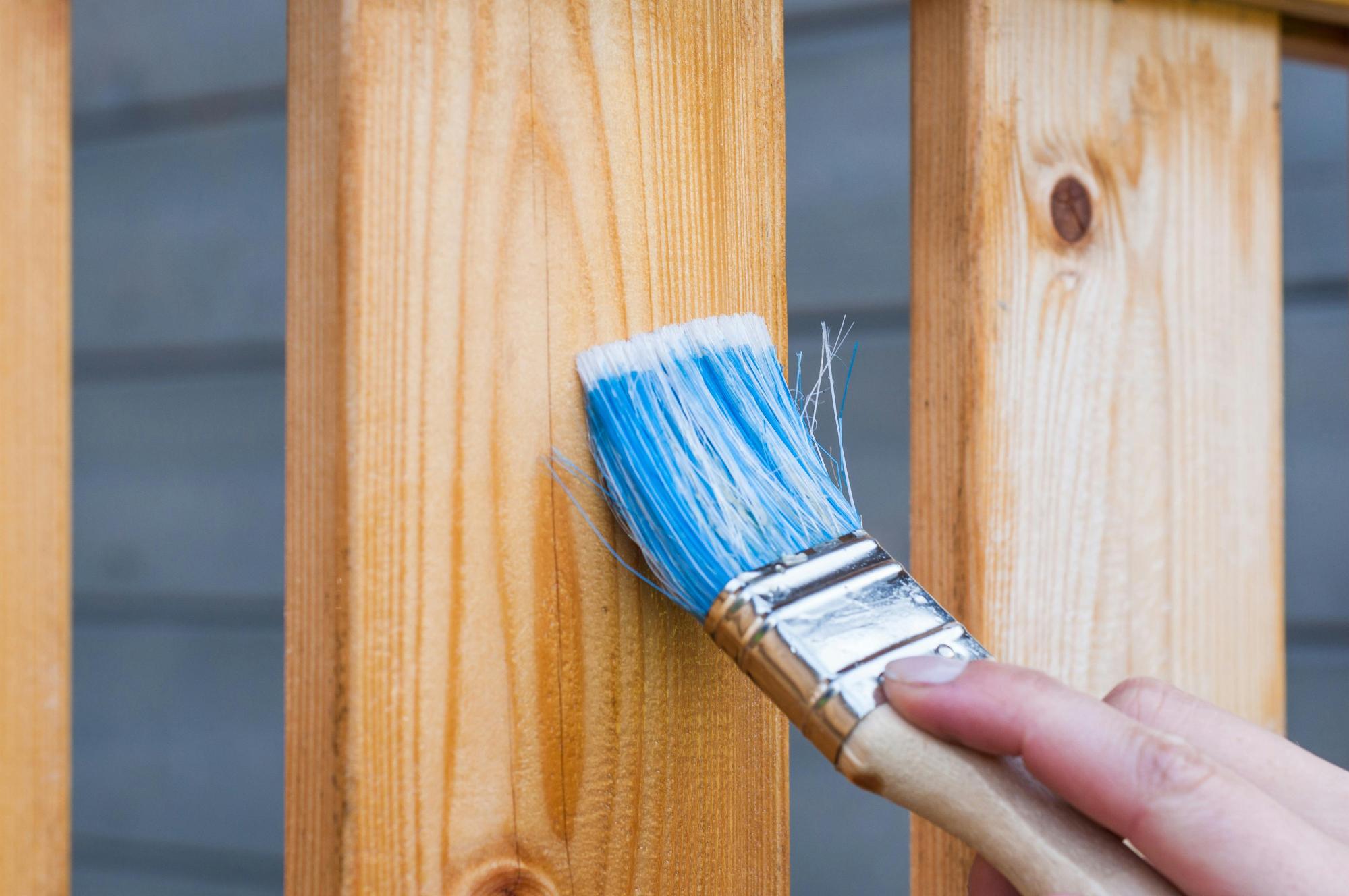When building a large property intended to house multiple units or a home with rooms in close proximity, noise reduction should be a high priority. As such, it’s natural for construction workers to discuss potential strategies using terms such as soundproofing and sound-absorbing to describe their materials. These names are often used interchangeably during discussions; however, they are two very different noise reduction techniques.
What is Sound Absorption?
While the term soundproofing is often used in conversation, people are typically talking about sound-absorbing. This term refers to the practice of reducing any echoes present within a room. Usually constructed of soft materials with a sponge-like consistency, sound-absorbing solutions are ideal for recording studios, where it is critical to minimize background noises.
Sound-absorbing is also used in gymnasiums to lower the echo from various sports-related activities. The final effect of successful sound-absorbing is a clear, audible sound that can be easily heard without echoes or distortion.
The most common way to apply sound absorption to a room is by covering surfaces, such as walls and ceilings, with sound-absorbing materials. These materials include acoustic foam panels, fabric panels, and cotton batts. Keep in mind that while these materials are very effective for their intended purpose, they will not affect how sound travels outside the space to a significant degree. That means that even after covering the room in layer after layer of foam or fabric, loud noises can still be heard beyond the walls.
What is Soundproofing?
Soundproofing refers to the practice of blocking sound from traveling altogether. This is generally achieved by integrating thick, dense materials within a building’s walls or making alterations in how the walls are built. Given that sound travels by vibration, inserting thick soundproofing panels within the walls can reduce the vibrations.
Waves of sound can travel with ease, which is why utilizing sound-absorbing materials will do very little to block any noise. Soundproofing is the solution to prevent noise from one unit entering another in a multi-unit building. This is the most preferred privacy solution for hotels, hospitals, apartment buildings, and offices.
One of the most effective soundproofing solutions is decoupling. This refers to a construction method that keeps the two sides of a wall from touching each other using a soundproofing device, effectively making it impossible for the vibrations to travel from one side to the other. Decoupling is available in several materials depending on your project’s needs, some more versatile than others.
Choose the Right Noise Reduction Technique for You
If you’re seeking to absorb the sound in a space, you can achieve this by adding exterior layers of sound-absorbing material to your walls. However, if you’re looking to soundproof your building, the best way to do so is during construction with soundproofing products. Not only does this allow you to install soundproofing in a way that will ultimately be far more successful in blocking the transfer of noise, but it will also be more affordable and less labor-intensive than other alternatives.
Most importantly, make sure that before making any construction alterations, you confirm the project’s exact noise reduction needs to ensure that the method you choose is appropriate for the building.






